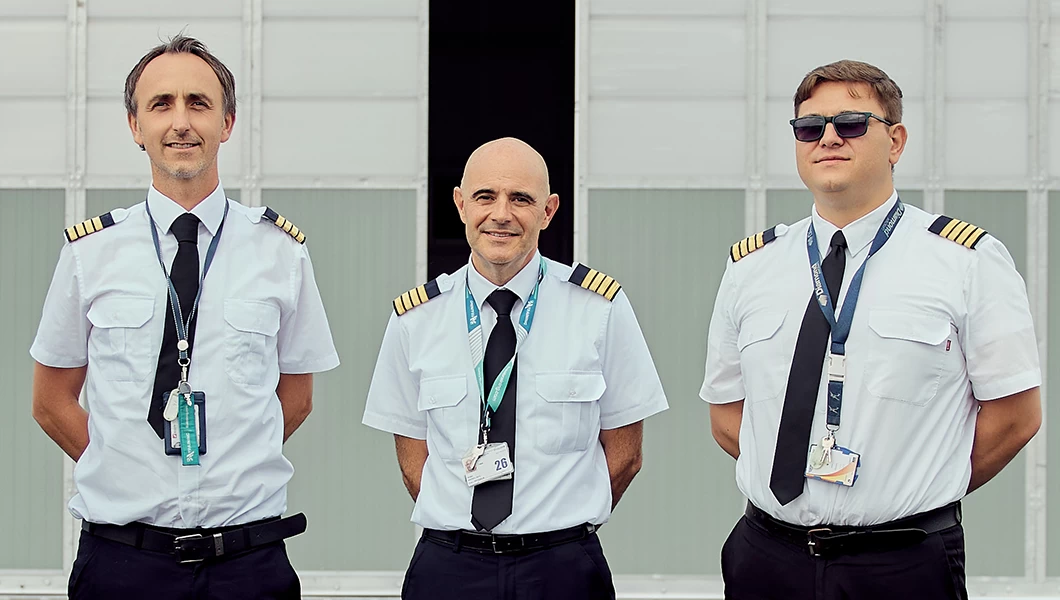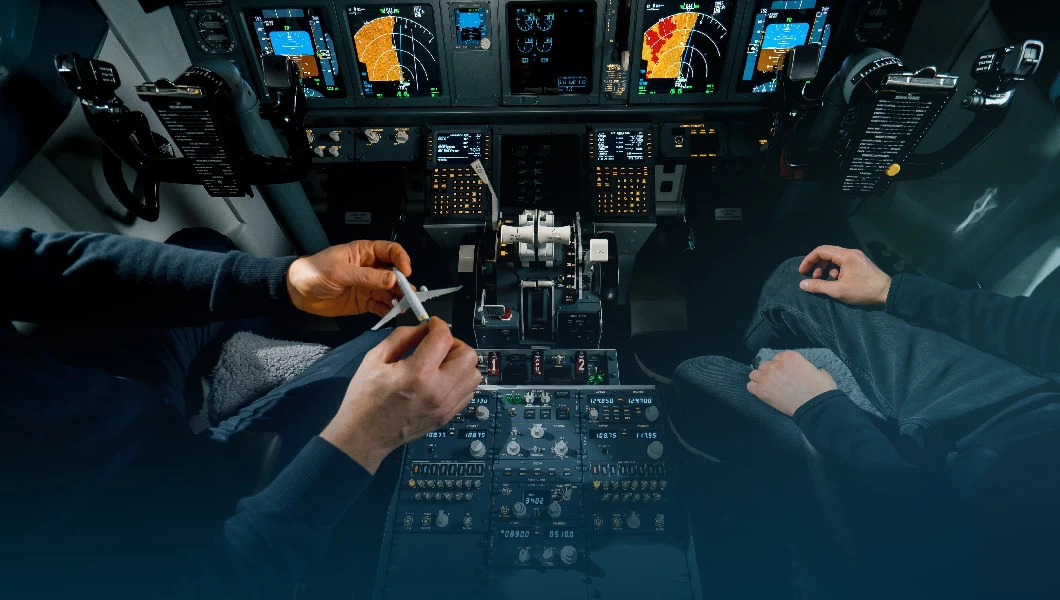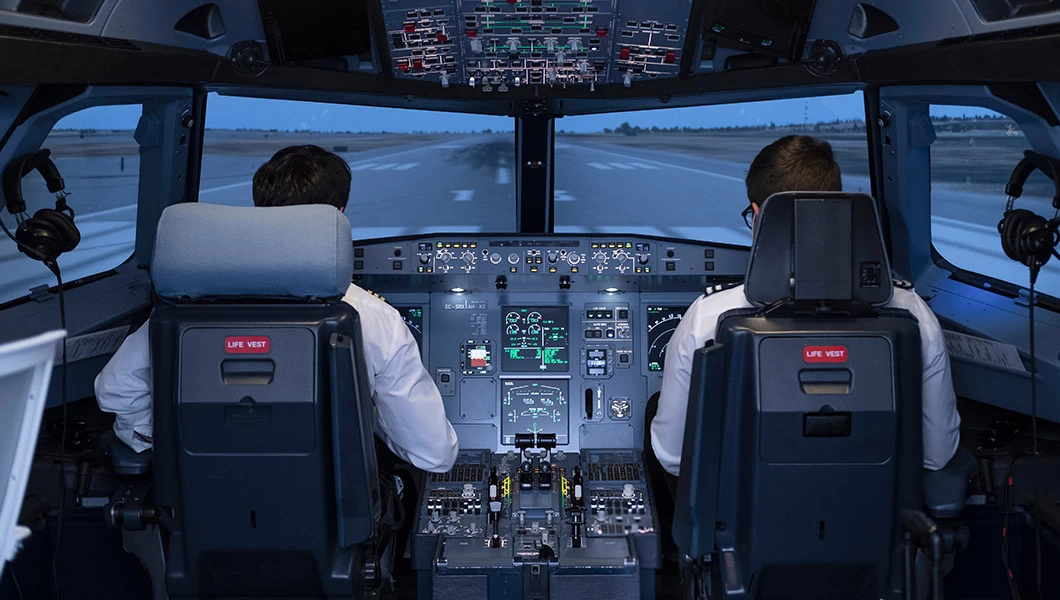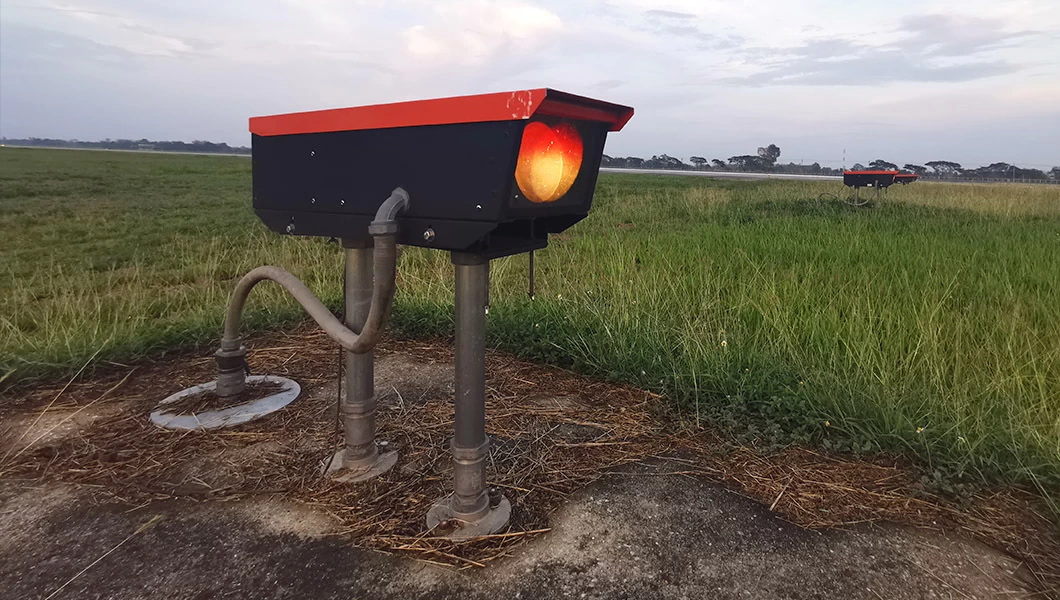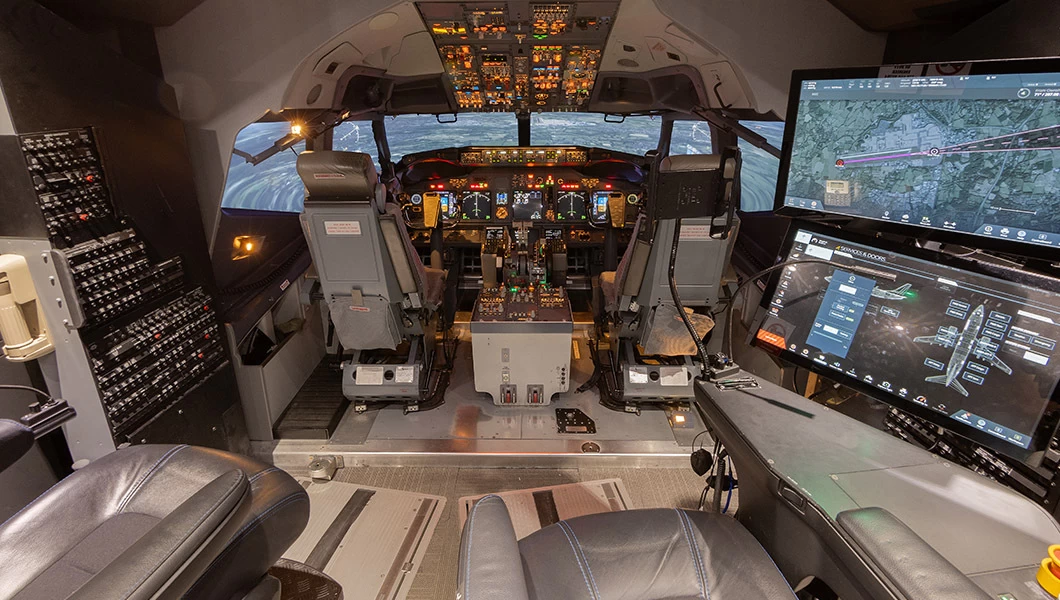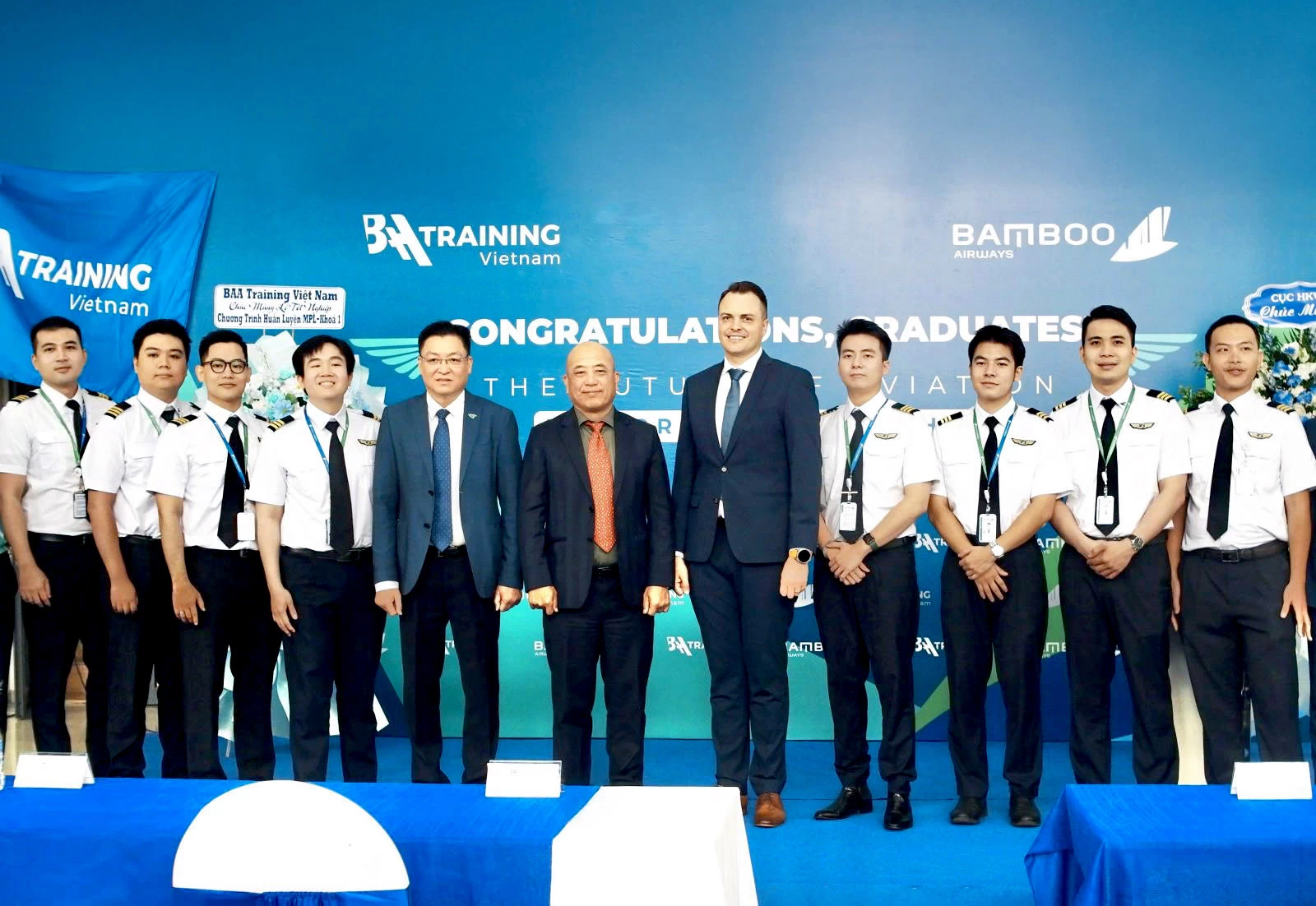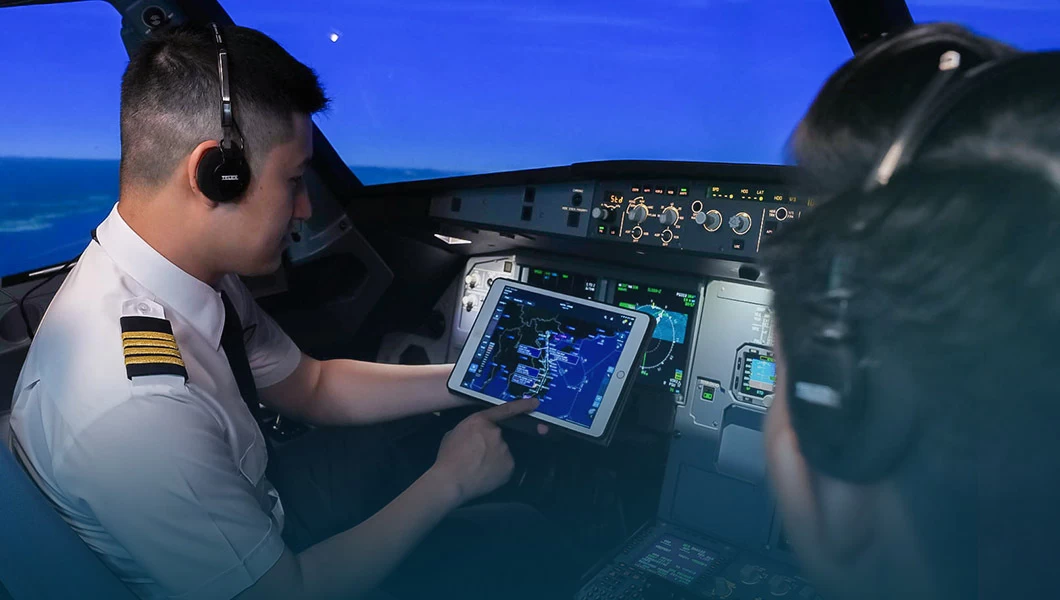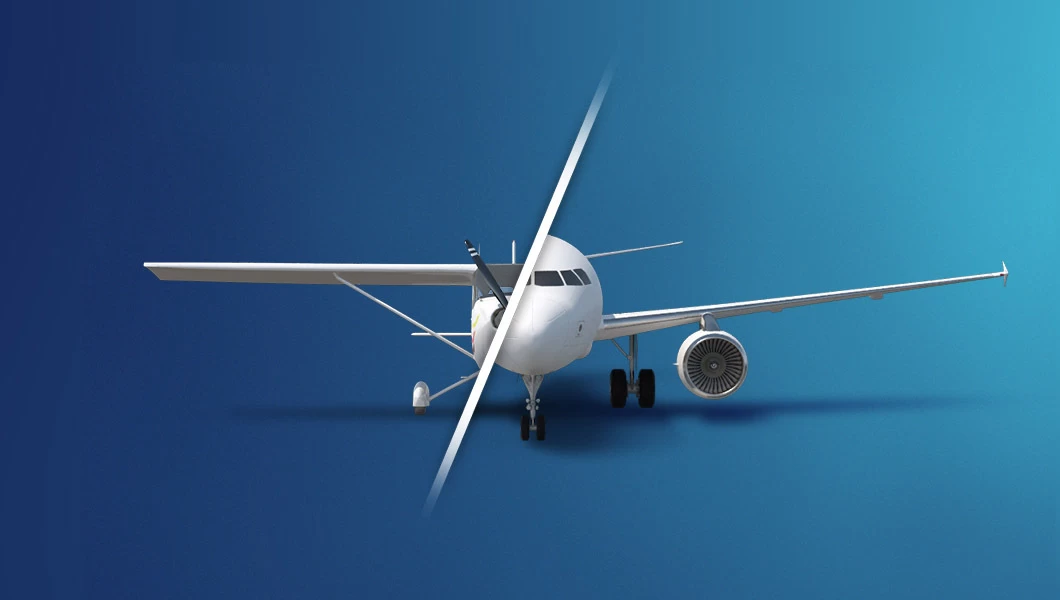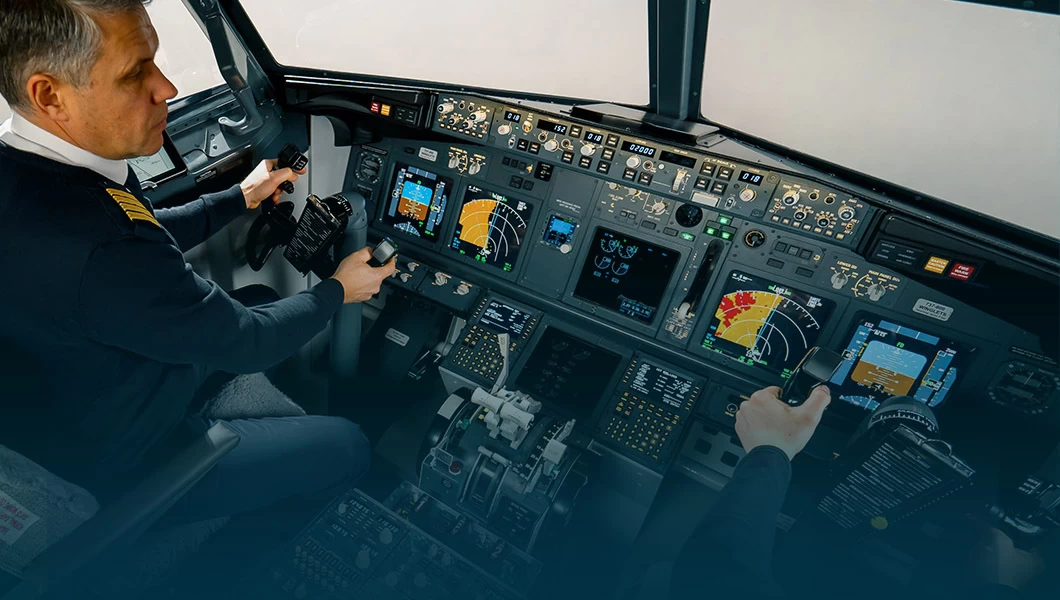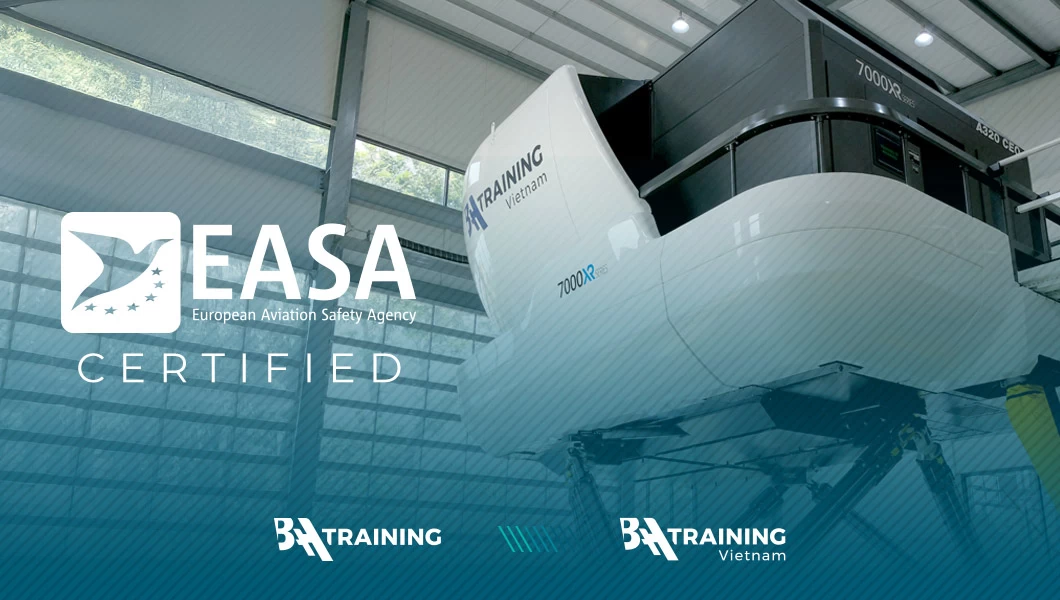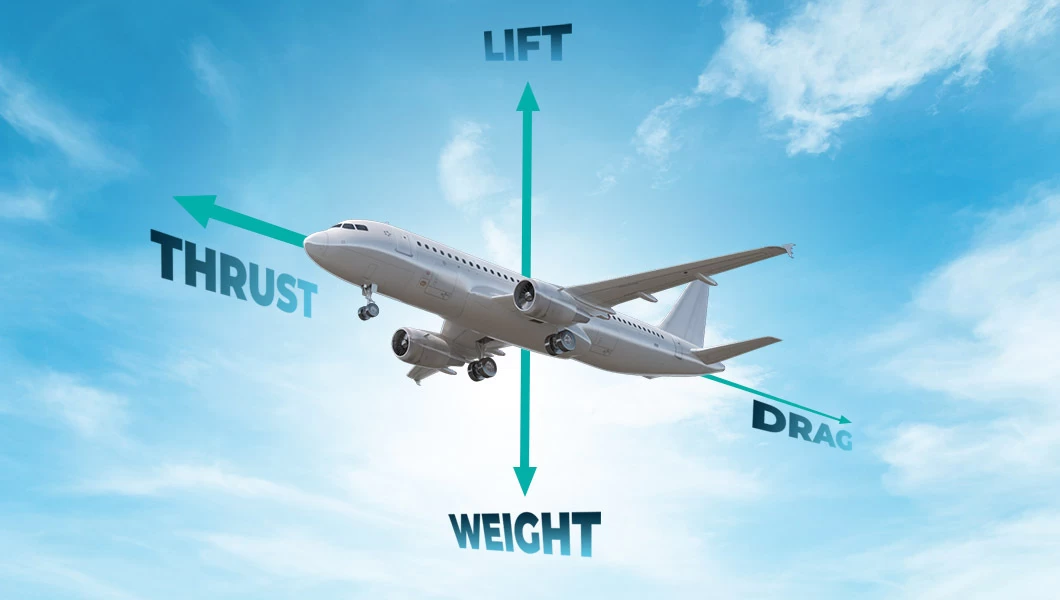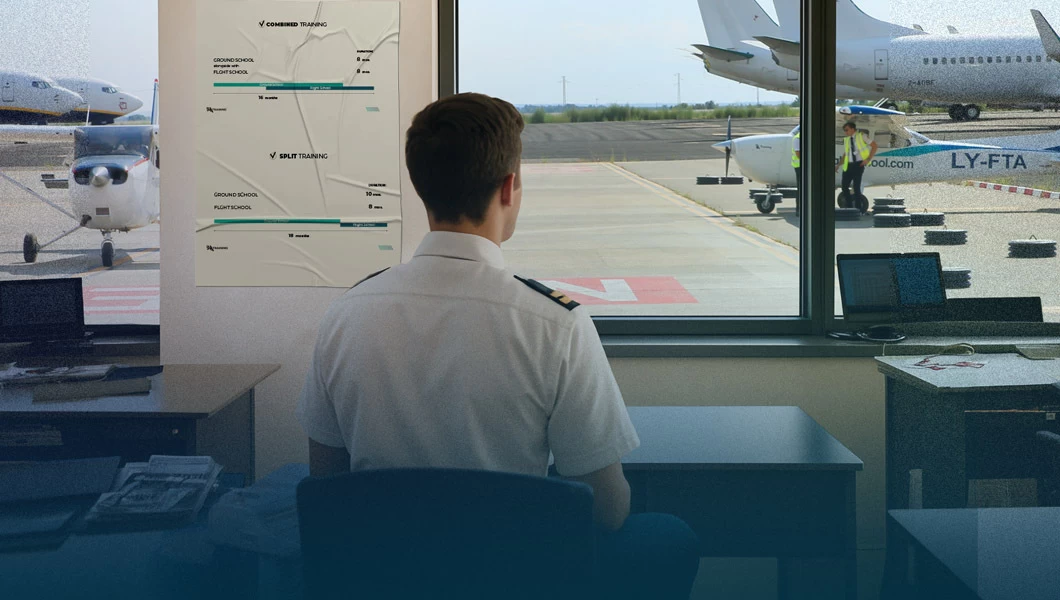If you hadn’t pursued aviation, what career path would you have chosen?
My journey to becoming a professional pilot has been far from conventional. Although I earned my commercial pilot’s license in the US at the age of 20, my career took an unexpected turn, leading me into the world of telecom and IT. However, my passion for aviation never left my soul. Eventually, I decided to turn my life upside down and pursue the aviation career I had always dreamed of.
While I immensely enjoyed my previous professional experiences and found them deeply fulfilling, I’ve come to realize that there are strong parallels between both fields. Both are driven by a love for challenges and the opportunity to explore new places while connecting with diverse people and cultures along the way.
What is one piece of advice you wish you had received when starting your journey in aviation?
I wish someone had told me about the importance of building patience and staying focused on what truly matters. This applies not only during training but also when searching for a pilot job. Aviation is a long-distance race, not a sprint, requiring perseverance. I advise aspiring pilots to trust the process and keep pushing forward. Additionally, I believe mentorship programs are incredibly valuable, especially for pilots who have just completed their training, as they provide guidance and support during the challenging early stages of their careers. I recommend looking for someone who could fulfill such a role.
How do you tailor your teaching methods to students with different learning styles or cultural backgrounds?
I always try to really get to know my students by asking about their background—whether it’s their studies, work experience, or what motivates them to become a pilot. Thanks to my previous professional experience and my degree in Eastern Asian Studies, I feel confident connecting with various cultural backgrounds. That said, I’ll admit that teaching flight training can be a bit of a challenge when it comes to communication. It’s crucial for both sides to be on the same page, and depending on the student’s culture, I might adjust my approach to reduce any perceived hierarchy, building a relationship based on trust. In the cockpit, we must be in sync, working together as a team.
I’m always observing my students during the flight, reading their stress levels, enthusiasm, and energy to make sure they’re getting the most out of the session. I plan each flight in advance, breaking it down into 15-minute time slots, especially for the more complex lessons. Some students thrive on being challenged throughout the session, while others need to slow down and take a breath. Flight training is dynamic—weather conditions play a huge role, too—so I adjust the session on the fly to ensure each student’s learning experience is as effective and engaging as possible.
What do you think sets BAA Training apart from other flight schools?
What truly sets BAA Training apart from other flight schools is our connection to a major aviation player like Avia Solutions Group. Being part of such a prominent organization gives us a unique advantage, as it has instilled an airline-minded approach to our training, with a strong focus on adherence to SOPs and a relentless drive to be recognized as one of the best flight schools out there. Thanks to the significant investments made by the group, BAA Training is equipped with the latest and best technology, supporting everything from Ab Initio to Type Rating.
Most importantly, I believe our instructors are a key differentiator. We have a highly skilled, diverse team from various nationalities, all with extensive aviation experience. We are completely dedicated to our students’ success and passionate about what we do – and it shows. As a student pilot, I truly appreciated how much my instructor cared about my growth, delivering real value for the investment I made in my training. That’s the kind of dedication and quality you’ll experience at BAA Training.
What’s the most challenging aspect of being a flight instructor, and how do you overcome it?
For me, the toughest part of being a flight instructor is when a student gets stuck on a particular aspect of their training. We might go over the theory multiple times, review the technique, and I’ll provide tips on how to improve, but sometimes things just don’t click in the air. When that happens, I dive into additional resources—books, videos, anything that might help—and I also reach out to my fellow instructors and other experienced pilots for their advice.
Sometimes, a simple change of instructor can make a world of difference. It can shake things up and offer a fresh perspective that leads to that “aha” moment. I also believe it’s important for students to learn from the different approaches we all bring to the table. Every instructor has their own unique style, and being exposed to various teaching methods can really help students grow.
How do you think the role of flight instructors will evolve in the next decade?
Over the next decade, I believe we’ll see a significant rise in cockpit automation and a greater emphasis on Multi-Crew Pilot License (MPL) programs. Flight training will shift towards a stronger focus on adhering to Standard Operating Procedures (SOPs) and ensuring students have a solid understanding of and the ability to effectively monitor advanced navigation systems. At BAA Training, we’re already ahead of the curve in this regard. Unlike many other schools, our students start flying from day one in aircraft equipped with Garmin 1000, a Glass Cockpit system, which gives them hands-on experience with cutting-edge technology.
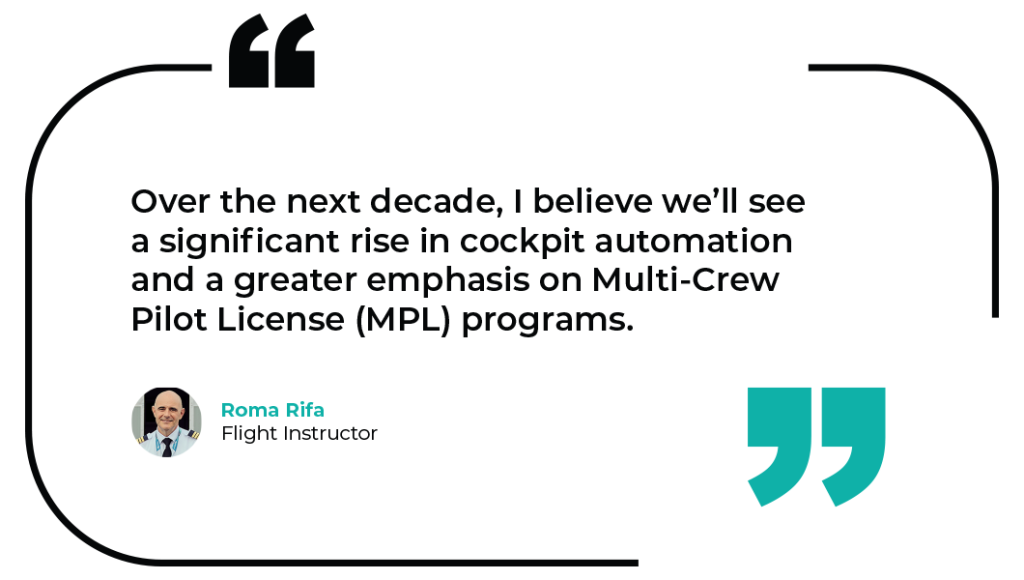
Looking ahead, we’ll likely need to place even more emphasis on developing multi-crew coordination and cockpit organization skills right from the start. This will be essential as the industry continues to evolve. As a result, the profile of our students will likely shift as well. We can expect to see more candidates with technical backgrounds, particularly in IT, which will present new challenges for us as instructors. We’ll need to enhance our own technical expertise to keep pace with the changing landscape and ensure we’re equipped to meet the needs of this new generation of pilots.
What’s one fun fact about you that your students or colleagues might not know?
Your PILOT CAREER
starts with a first click
I collect different editions of *The Little Prince* by Antoine de Saint-Exupéry in various languages. So far, I’ve gathered around 40 copies. It’s the first book I remember being read to me as a child, and I often wonder if it played a role in inspiring my dream of becoming a pilot.
How do you prepare students for the mental and emotional challenges of becoming a pilot?
At BAA Training, the KSA (Knowledge, Skills, and Attitudes) module is exceptionally well-designed. It provides invaluable tools to help students navigate the mental and emotional challenges of becoming a pilot. However, I believe many students don’t fully recognize its value and miss out on its potential. The skills and attitudes developed through the KSA module will support pilots throughout their entire careers, and today, airlines are increasingly focusing on these aspects during their assessments.
Personally, I make it a point to encourage students to envision themselves as the pilot-in-command from day one. I use language that promotes assertiveness, responsibility, and accountability for their actions. This approach helps them become more aware of their progress, boosting their motivation. I constantly challenge them, gradually increasing the workload both in and out of the cockpit. After all, as pilots, we never stop learning; staying sharp and ready is key.
At the same time, I understand that students also need time to recharge, so I always ensure there’s space for them to slow down when necessary. I’m always open to having meaningful conversations about any concerns or worries that come up during training. They need to realize that we’re not all “Top Gun”—everyone has their own pace, and in the end, we all get there.
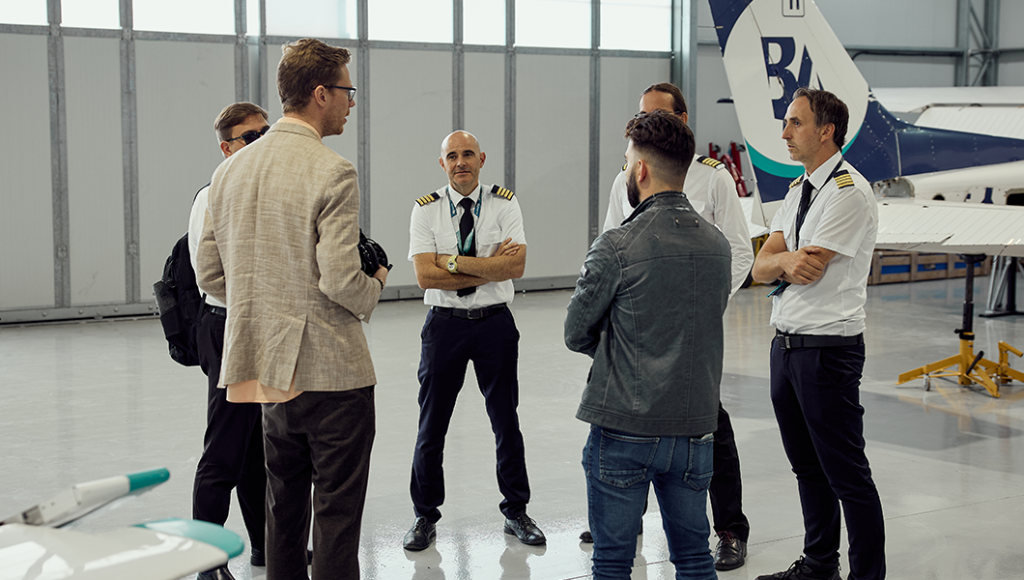
What’s your favorite phase of training to teach, and why?
I truly enjoy the very first flights during a student’s training. This phase is crucial, as it’s when we begin shaping their mindset as future airline pilots. They come full of enthusiasm, excitement, and commitment, and we get to witness the beginning of their journey. Later on, it is so rewarding to look at them when they leave the school as fully licensed professional pilots, humbly knowing we played a part in their journey.
We hope you’ve enjoyed diving into this exciting and inspirational career and life story! Stay tuned to our blog for more engaging interviews with our incredible instructors.
